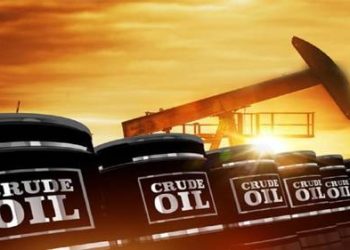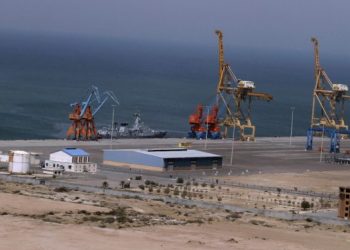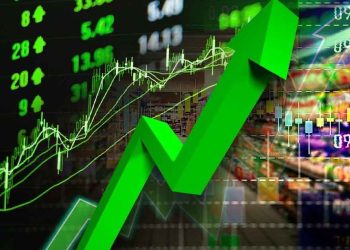Because of the high cost of doing business, which has caused financial difficulties, Pakistan’s oil marketing companies (OMCs) have requested an Rs12 per litre margin on high-speed diesel (HSD) and petrol.
During the most recent review of petroleum prices on April 30, the OMCs margin on HSD was Rs6.50 per litre, while the margin on petrol was Rs6 per litre. In addition to the OMCs’ profit, dealers charge Rs7 per litre on these two petroleum products.
The oil industry requested that the margin of OMCs on HSD and petrol be increased in a letter to the secretary of the Ministry of Energy — Petroleum Division.
“In order to maintain the feasibility and ensure the survival of OMCs, we recommend that OMCs’ margin for HSD and Mogas (petrol) be set at Rs12/litre, which amounts to less than 6% of the current Ex Refinery price,” stated the Oil Companies Advisory Council (OCAC), the umbrella body of OMCs and refineries.
The oil business, according to OCAC, plays a key role in the country by guaranteeing consistent fuel supply across the country while also earning significant money in the form of tariffs, taxes, and levies.
However, the oil industry has faced significant challenges since last year as a result of rising business costs.
The reasons range from increased international gasoline prices and exchange rates to increased interest rates (resulting in inventory holding costs of roughly Rs3 per litre), credit letter confirmation charges resulting in greater demurrages, and high turnover tax (0.5%), among others.
According to the oil authority, the margin for diesel and petrol has been lowered to Rs6 per litre during the current fiscal year based on a decision made by the Economic Coordination Committee (ECC) on October 31, 2022; nevertheless, this is insufficient and must be reconsidered immediately.
It noted that the OMC sector requires ongoing infrastructure investment as well as digitalization of the fuel supply chain.
According to the OCAC letter, this is currently not possible because the industry is constrained due to insufficient margins, delayed recovery of exchange losses, continuous rupee fluctuation, rising financing costs, challenges in letter of credit confirmation, high turnover tax, and a number of other factors that have been communicated to relevant quarters time and again.
The body requested a quick examination and implementation of increased revisions in margins to safeguard the oil marketing sector’s future viability.
Diesel and petrol pricing mechanisms include ex-refinery prices, OMCs, dealer margins and inland freight equalisation margins. This pricing includes government taxation in the form of a petroleum levy.






